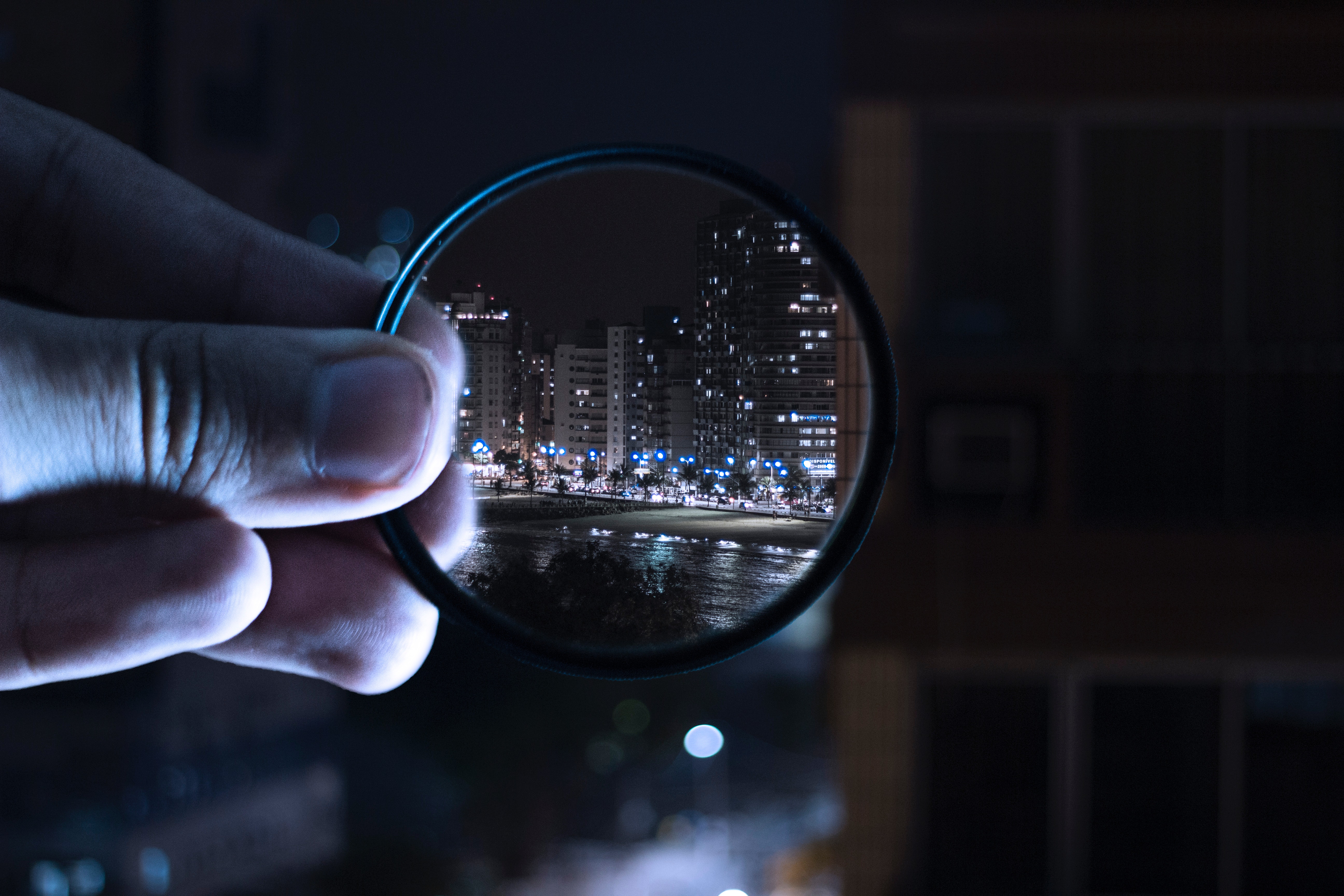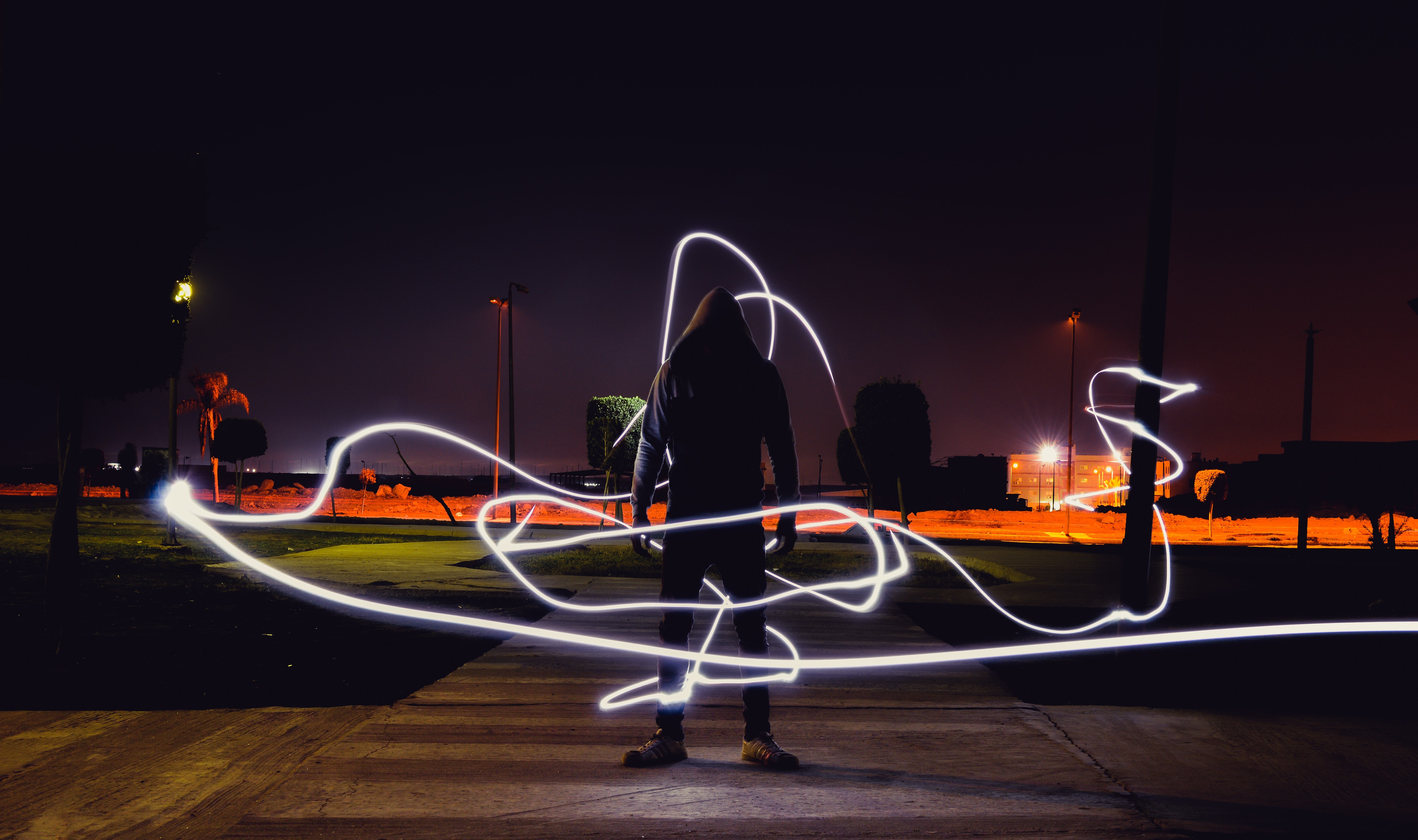
How to Get the Most out of Your Neutral Density Filter: A Beginner’s Guide
Basics of Aerial Photography
In order to understand how ND filters work, it is important to first understand the basics of aerial photography. The three main factors that affect your aerial photography are – Shutter Speed, ISO and Aperture.
- Shutter Speed
Your camera shutter opens up to let the sunlight hit the camera sensor. Shutter speed is nothing but the speed with which your camera shutter opens and closes – essentially how long it takes for your camera to take a photo. A longer speed shutter will create motion blur. And a shorter speed shutter will enable you to capture crisp and sharp aerial photography.

- ISO
ISO stands for International Standards Organization. ISO speed determines the light sensitivity of your camera sensor. Higher the ISO speed, greater the light sensitivity. So, if it is bright and sunny, you can make do with low light sensitivity and hence, low ISO. Whereas, if you are shooting in low light conditions, you will need greater light sensitivity and hence a higher ISO. A word of caution here – Shooting in higher ISO will result in noisy and grainy images. If you need some tips on how to remove noise from your aerial photography, you might want to check out our “Night Photography” course.
- Aperture
Your camera aperture combined with the shutter speed controls the amount of light that is hitting your camera sensor. So, if you are shooting in low light, you might want to keep your aperture large to let more light in.
The maximum aperture size is more important than your minimum aperture size. The minimum aperture size across most drone cameras is standard at f/16 or f/22. Whereas, a larger aperture allows you to shoot in low light conditions. Keeping your aperture small will allow you to bring your foreground and background into focus. Whereas, if you wish to blur out the background and focus on the subject, choose a large aperture.
What are ND filters? Should you use ND Filters in Aerial Photography?
Neutral Density Filters or Neutral density filters are circular, semi-transparent piece of glass that reduces the amount of light entering the camera lens. So, why exactly do you need a ND filter? Using a ND filter allows you to create more artistic images.
ND filters are normally used in day time when there is abundance of natural light. Let us presume that you wish to shoot your subject in a shallow depth of field. In order to do this, you will have to shoot with a larger aperture. However, this will let in more light which will result in reflection and sun spots. So, how do you counter this? You can, of course, increase your shutter speed to the maximum and decrease your ISO to the minimum. In spite of this, you might find that your images are over exposed. Using Neutral Density filters, you can reduce the amount of light coming in. This is a great way of overcoming hardware restrictions and working with uninhibited creativity.
Another issue is that many cameras do not come with adjustable aperture control. This gives you less control over your camera settings. How so? Not having adjustable aperture means that you when you select your aperture size, the camera does not alter the shutter speed automatically. So, if there is too much sun, an easier way would be to simply use an ND filter rather than risk messing up your camera settings.
Remember – Because, we are reducing the amount of light entering the camera lens, professional photography done using an ND filter will look darker. To the untrained eye, aerial photography without an Neutral Density filter might actually seem “better”.
The Benefit of using Neutral Density filters in Aerial Photography
Using an ND will give you better color definition and contrast. So, when you use an ND filter, the sky will look “bluer” and your motion will look “smoother”. Do you want to blur out a waterfall, moving people or a fireworks display? Use an ND filter.
Worried about the fact that your image is too dark? Do not. It is better to have a dark image than an overexposed image. If your aerial photography is too dark, you can easily rectify this in your editing stage. When you edit the images, you can easily decrease your image highlights and bring out the shadows. This can be easily done in Photoshop.
Pro Tip – Keeping your Neutral Density filters in a sock will help prevent damage
Which ND filter Should you Use?
So, how do you know which filter you are supposed to use? Let us start off with sunny conditions. If you are on the beach and the sun is hitting the water, this shall result in sun spots. If you wish to get rid of this reflection and glare, use a polarizing filter. Polarizing filters will also make your colors POP out a lot more. Yes, this can be done through the camera also, but using a Neutral Density filter will make your colors and your image look more natural
ND 16 is a great filter when you are shooting in the middle of the day. At a site, if you are doing photography and videography, you will have to use different ND filters – and this can be a hassle. The easiest way to use separate drones for photography and videography.
For low lights, you can use a ND 8. And for extremely low lights (right before sunset), you can use a ND 4. You definitely want to restrain the use of your filters when light is low. When the sun goes down, it is easier to see without your sunglasses. This analogy helps us understand that we need to step down on our filter as we approach sunset.
Pro Tip – Sunrise and sunset is the best time to capture footage. You can fly during daylight or in twilight (30 minutes before official sunrise and 30 minutes after official sunset). Orange gradient filter and blue gradient filter can be used during sunrise and sunset respectively.








Add Your Comment